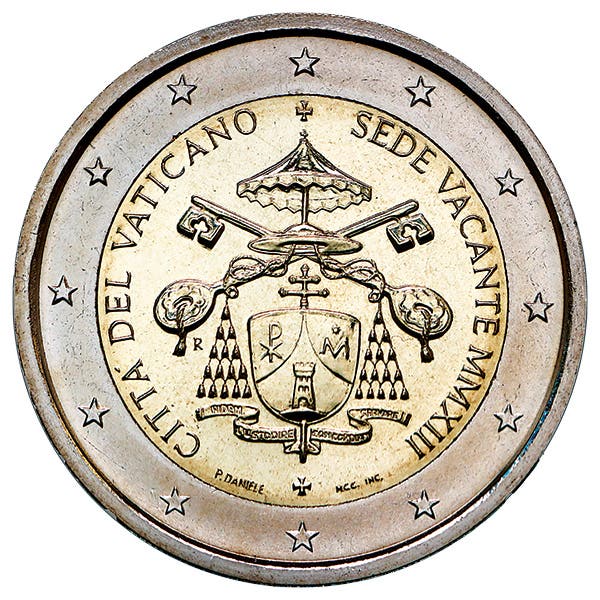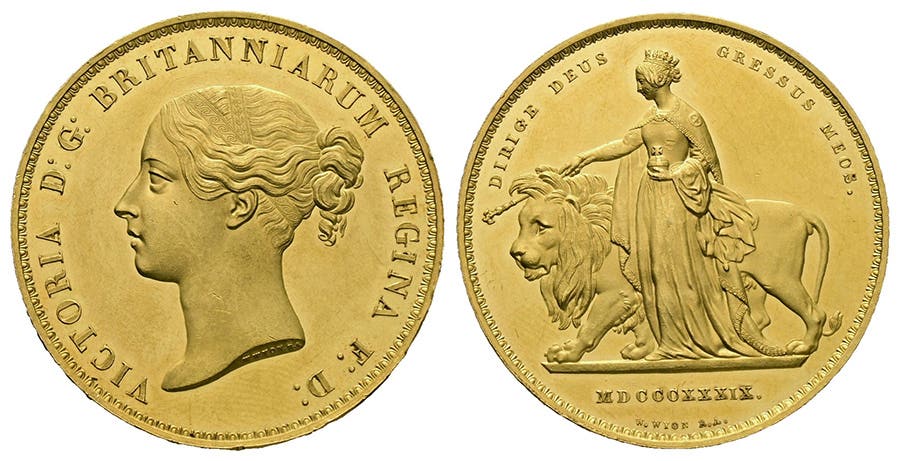What They Stole Isn’t Clear
They threw the book at them. Two men previously convicted of stealing more than 3,600 ancient gold coins in Romania were ordered to pay reparations in May. Law enforcement got…
They threw the book at them. Two men previously convicted of stealing more than 3,600 ancient gold coins in Romania were ordered to pay reparations in May. Law enforcement got the legal aspects of this crime right, but do they understand what these criminals stole?
On May 20, Darius Liviu Baci and Mircea Mihaila were ordered to pay more than $5.2 million in compensation to the state by a court in Alba Lulia, Romania. The pair were in prison between 2016 and 2020 after being convicted on the theft charges. They had not previously been ordered to make payment for what they stole.
The pair met Florin Sebastian Zvîncă and Romică Hîndorean in Austria, both of whom specialized in plundering antiquities from archaeological sites. A fifth individual, Dusan Djuric, who disbursed coins and artifacts illegally obtained by plundering dig sites.
According to the Zenger News agency, “In the mid-1990s the pair returned to Romania, where they began earning large amounts of money as tomb raiders, stealing valuables that included gold jewelry. They hit the jackpot when, together with two other men, they located the 3,600 gold coins with a combined weight of 66 pounds from the ruins of Sarmizegetusa Regia, the ancient Dacian capital, in 1998.”
Sarmizegetusa Regia was the Dacian capital at the time the Dacians unsuccessfully fought the Romans. The later Roman capital was Ulpia Traiana Sarmizegetusa built by the Emperor Trajan. Sarmizsegetusa is an UNESCO heritage site.
Romanian officials began investigating Baci and Mihaila after some of the coins were sold at auction houses around the world, including in Europe and the United States. Baci had a large bank account, purchased an expensive car, and went on several expensive holidays, according to the court. A forest ranger reportedly encountered the pair wearing camouflage gear and digging in the area. The ranger reported the two men (Baci and Mihaila) had rucksacks filled with gold coins.
Zenger News reported experts estimated the value demanded being below the true worth of what had been stolen. Also, reparation ordered by the courts failed to take into account the damage caused by removing the coins before they could be properly examined.
Collectors should be aware that according to the news agency, “Interpol has since recovered a number of the stolen pieces and is still searching for the remainder.”
The greater question to collectors should be which coins were really stolen. Zenger News and Interpol report, “Most of the missing pieces display the head of a king with abundant locks on the obverse and a goddess sitting atop a throne on the reverse.”
Dacia issued imitation silver tetradrachm coins of Philip II and Alexander III of Macedon. A gold Koson coin attributed to the Geto-Dacians includes the legend ΚΟΣΩΝ, thought by some to be the name of a historically unrecorded Dacian king. This is unlikely since this first century BC issue depicts a Roman consul accompanied by two lictors advancing left; before the monogram OΛB, with reverse of an eagle standing left on a scepter holding a wreath in its right talon.
The coins described by Zenger and Interpol more closely resemble gold aureii coins of Roman Emperor Trajan (AD 98-117). There are many gold coins on which a portrait of an emperor appears on the obverse, with a seated deity depicted on the reverse. Among coins issued by Trajan are some on which the emperor appears with what could be described as “abundant locks” on the obverse, with the legend Provincia Dacia Augusti and the genius of the Dacian province seated on a rock holding a military standard on the reverse.
While perhaps the Romanian government may not be overly concerned with the numismatic details of this discrepancy, collectors owning any gold coins alluding to Dacia purchased in recent years may be concerned about the patrimony of what they own.
In 2010 Horia-Camil Radu was arrested by British authorities while heading to Germany to fence coins. Radu was charged with and convicted by Romania of “complicity to the theft of cultural goods.” On July 30, 2013 Agence France-Presse reported, “Since 2007, Romania has recovered 13 golden Dacian bracelets and more than 500 gold coins plundered from archaeological sites.” The coins were traced to Radu.
Koson gold coins have since been reported being seized for Romanian police in Dublin, London, Hamburg, and New York. Sources indicate Greek silver coins looted from the Sarmizegetusa Regia site of Șesu Căprăreței in August 1998 were sold in the Triton III auction of late 1999 in the United States.








